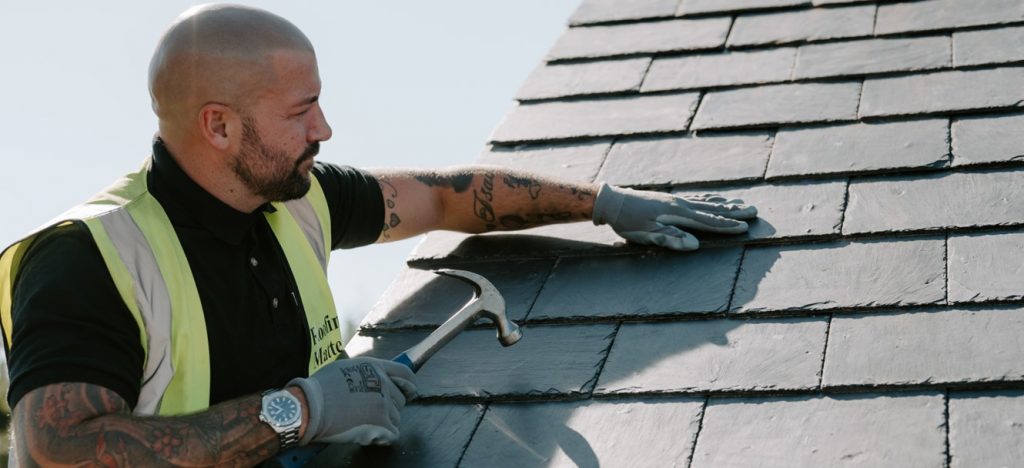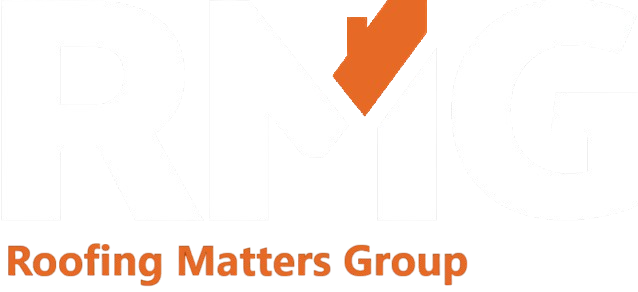If you are looking for a roof renewal, you will consider which type of tile that would suit the style and last the longest. But, not many people think about the environmental factor. Roofing materials can make a big difference on the environmental impact of your home.
When it comes to roofing, there are many different eco-friendly roofing options available on the market. Each one is unique and has its advantages and disadvantages. Which roofing option is best for your home can vary depending on your specific circumstances, but here is a list of the different options available and what you should know about each one.
Slate tiles
For an exceptionally durable roofing option, look to slate tiles. These sturdy tiles offer a stunning appearance, long life, and fire resistance, in addition to their overall eco-friendly design. Special tile coatings can also be applied to help make slate roofing energy efficient. In addition, like clay tiles, slate roofing is heavy and requires extra structural support to be installed safely.

While slate roofing is beautiful, it is difficult to install and requires an experienced professional, so it is done correctly. Local roofer Daryl Cooke from Roofing Matters Group has an NVQ in slating and tiling, with 10 years’ experience in roofing he will have no problem fitting slate tiles.
Clay tiles
Clay tiles are another of the many eco-friendly roofing materials to consider. These tiles come in a variety of colours and styles, and beyond being eco-friendly, they are also energy-efficient, allowing hot air to circulate rather than remain trapped. Clay tiles are also relatively low-maintenance, and the tiles can easily be replaced if they break.
Unfortunately, like other eco-friendly roofing options on this list, clay tiles are not one of the cheapest roofing materials nor are they cheap to install.
Solar roofing
Solar roofing is one of the newer eco-friendly roofing options that is truly unique. While it may be initially expensive to install, it will save homeowners thousands in electricity bills over its lifetime. This is because, instead of reflecting the sun’s rays, solar roofing absorbs them and converts their energy into usable electricity.

One of the downsides of solar roofing is that it’s not one of the cheapest roofing materials, as well as being expensive to install. It also relies on sunlight, which makes it a viable roofing option only in places that receive adequate exposure.
Green roofs
There are multiple factors that contribute to the sustainability and efficiency of green roofs. First, the multi-layered roofing systems insulate the building against heat and reduce costs of cooling the building. The plants that make up the outside layer of the system protect the inner roof layers from UV rays. Also, green roofs significantly reduce storm water by absorbing and retaining rainwater.
Green roofs are eco-friendly; they attract wildlife to urban areas by providing habitat and reconnecting wildlife corridors. Further, the easy-to-install systems absorb carbon dioxide and reduce radiant heat released from the roof into the local ozone layer.
If you would like to get a quote for a roof renewal, you can contact Roofing Matters Group here. They will provide a free, no obligation quote.





